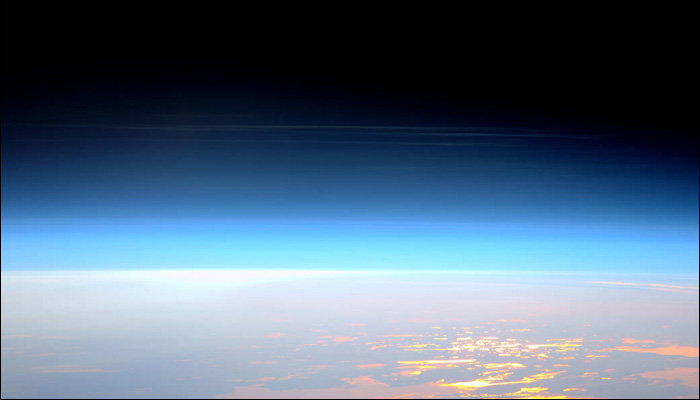OF THE
TIMES
We'll know our disinformation program is complete when everything the American public believes is false.
It is so sinister how easily the masses are fooled by MSM, some alternative media, and through politics/political identifications in how one...
... that image on top reminds me of something. :O Perhaps this : [Link] ?!?
that a factory that supports the death machine has suffered destruction, is due reward.
The Russians did it, the Russians did it !!! :O The Daily Mail, of all shabby British tabloids ... I wonder why they don't say it ?
What does this tell me ? I don't know. Although after scandals with companies like 23andme, I don't trust such reports anymore. And in any way.
To submit an article for publication, see our Submission Guidelines
Reader comments do not necessarily reflect the views of the volunteers, editors, and directors of SOTT.net or the Quantum Future Group.
Some icons on this site were created by: Afterglow, Aha-Soft, AntialiasFactory, artdesigner.lv, Artura, DailyOverview, Everaldo, GraphicsFuel, IconFactory, Iconka, IconShock, Icons-Land, i-love-icons, KDE-look.org, Klukeart, mugenb16, Map Icons Collection, PetshopBoxStudio, VisualPharm, wbeiruti, WebIconset
Powered by PikaJS 🐁 and In·Site
Original content © 2002-2024 by Sott.net/Signs of the Times. See: FAIR USE NOTICE

Comment: